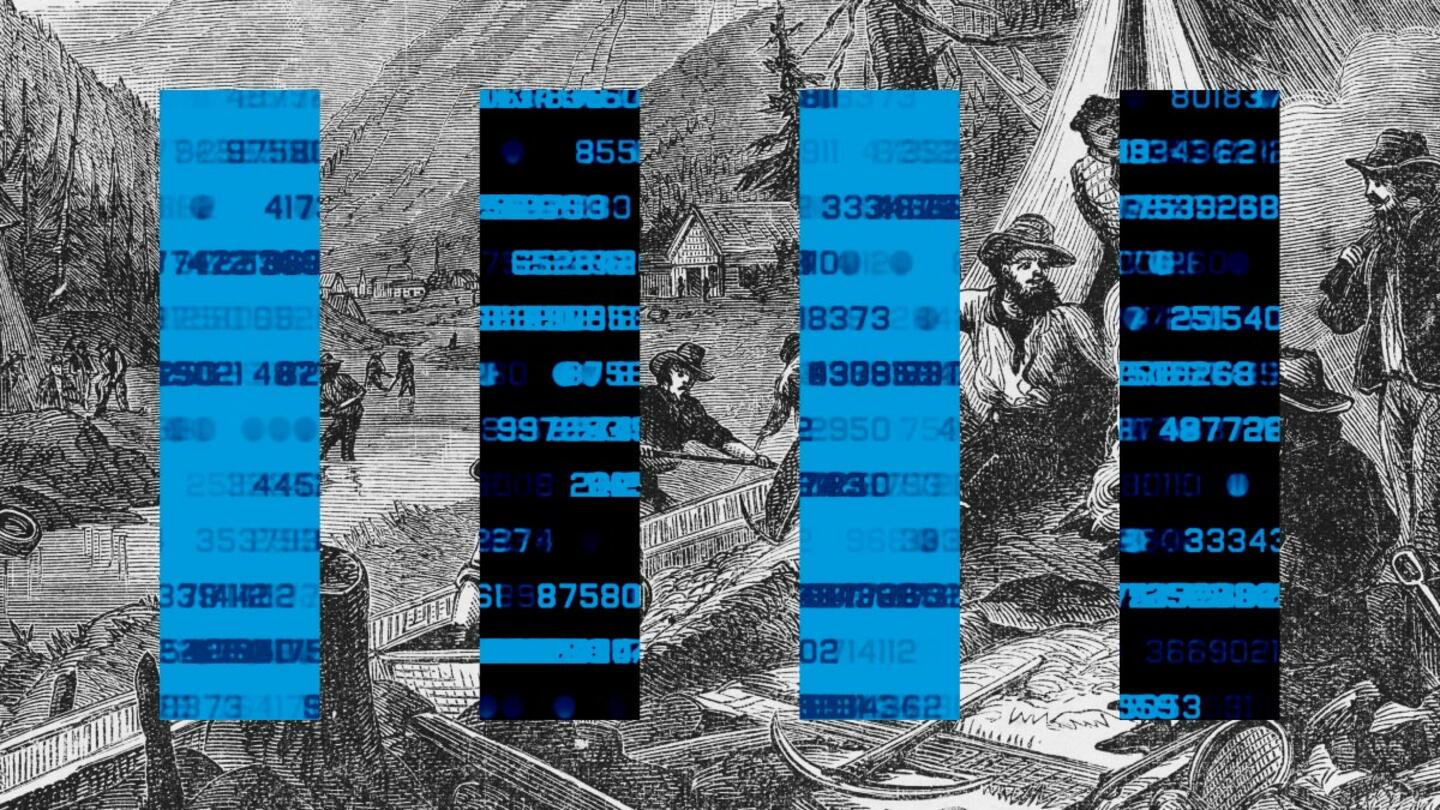Talk to most recruiters, hiring managers, and business owners and you’re likely to hear they are struggling to find job applicants with the right skills and a desire to contribute to the company’s mission.
Regulations like Title IV (more on that later) hobble innovative models to train workers and prevent students from accessing non-degree education programs that would help them prepare to enter in-demand fields. This problem contributes to the labor market mismatch where companies cannot find enough skilled workers and people cannot access the pathways needed to enter them.
The good news: Innovative financing models that tie tuition repayment to employment outcomes are expanding the pool of qualified talent for businesses. Injecting our current system with better, more accountable ways to pay for education expands the availability of alternative learning models that will deliver better job outcomes for students.
Plus, by expanding educational options, individuals will have more opportunities to fulfill their potential and see their work as meaningful. This makes them more contribution-minded employees and leads to better employee retention.
Three innovative education finance models offering a better way for learners and businesses
Innovators are finding ways to disrupt our top-down system and provide students with the capabilities they need to succeed in critical industries — without leaving them with insurmountable debt.
When students pay tuition that is tied to enrollment and doesn’t successfully equip them with the rights skills and mindset, schools aren’t incentivized to develop programs that meet the needs of businesses and students. This leads to a "train and pray" model in which students graduate without strong connections to employers and lack certainty that what they learned will be valued.
Sign up for Stand Together's Rethinking Work & Learning newsletter to get the latest stories, ideas, and trends on the future of employment.
Education finance innovators are collaborating directly with employers to ensure their programs are tightly aligned with the skills companies need to thrive. Another aspect of these programs is that students repay tuition based on eventual income, incentivizing education providers to provide training that matters most in the workplace.
1. Pay it forward model
Merit America offers low-cost programs that prepare people for careers in fields like cybersecurity and data analytics. There are no upfront costs for their programs — the organization uses a pay-it-forward model that bases loan repayment on learner outcomes.
Learners pay back the cost of the program, which ranges from $5,700 to $8,400, only after they land a job and make a minimum salary of $40,000. If their income drops below this at any point, their payments pause. The Merit America Guarantee also stipulates that if a learner has not secured family-sustaining employment after two years, they do not have to pay for the program at all.
2. Loans for in-demand training
To ensure that the right career is accessible to everyone, Per Scholas covers the cost of all supplies a learner may need including lab materials and textbooks, fees to take certification exams for industry credentials, financial coaching and job-attainment support. The only cost to the learner is time, but unlike most traditional programs, those offered by Per Scholas take only two to four months to complete.
That worked for single mother Shante Austin, who wanted a career in software engineering, but could not afford any of the traditional programs available in her area. Today, Austin is a full-time software engineer in the automotive industry. “It wasn’t easy, [but] it was worth it,” Austin said. “I graduated debt-free and could be an example to my daughter.”
3. Income share agreements
Under an income share agreement (ISA), an education provider or a funder agrees to cover learning costs, fully or partially, in exchange for a portion of the student’s post-graduation income. That share is usually around 10-15% of the graduate’s salary over a 3-year period, but it is payable only if a graduate earns an agreed-upon minimum salary. These models ensure educators are incentivized to prepare their learners for meaningful work after graduation.
Better Future Forward’s (BFF) Opportunity ISA provides students between $1,000 and $5,000 to access training options that would have otherwise been out-of-reach. The amount graduates pay back is based on how much they are given initially and their eventual income.
Importantly, ISA payments are not fixed over a period of time. Monthly payments fluctuate based on their income. Payments also can be paused during times of unemployment, so there is a failsafe for unexpected life circumstances.
BFF primarily serves historically marginalized students. Eighty-one percent of its recipients are first-generation college students, for example.
Other “skin in the game” models include FreeWorld, a program that prepares formerly incarcerated individuals for work in the trucking industry. FreeWorld participants only pay back the costs associated with their training once they earn $3,000 a month in net income working in the trucking industry.
How title IV stands in the way of progress
Students and businesses stand to benefit from a more open marketplace of alternative education models, but current regulations that limit funding are holding them back.
Currently, Title IV, the law that governs federal student aid funding programs, does not allow learners to receive grants or loans if they are enrolled in alternative learning programs.
Education innovator Burck Smith said this framework leaves 550,000 postsecondary credentials, including certificates, badges, licenses, and certifications, outside the Title IV system. Many of those programs can help learners acquire the skills employers need. Modernizing Title IV regulations would allow learners to access federal financial support for more than just a four-year degree.
For many Americans, going to college helps them build valuable skills based on their natural interests and aptitudes and, eventually, find meaningful work. Not every person needs a four-year degree to contribute, however.
New models for learning allow more learners to become career-ready without going into debt. By removing the financial barriers to learning, we will unlock the potential of many motivated students by helping them find and succeed in the jobs that employers need to compete in a rapidly changing economy.
This article originally appeared on Forbes BrandVoice.
The Stand Together community partners with changemakers who are tackling the root causes of America’s biggest problems.
Learn more about Stand Together’s Future of Work efforts and explore ways you can partner with us.

Why AI may help more people achieve the American Dream.

Data centers are at the forefront of the ‘new economy.’ But what exactly are they?

Here’s how to bridge the disconnect between employers and employees.

Lessons learned from Colorado.
